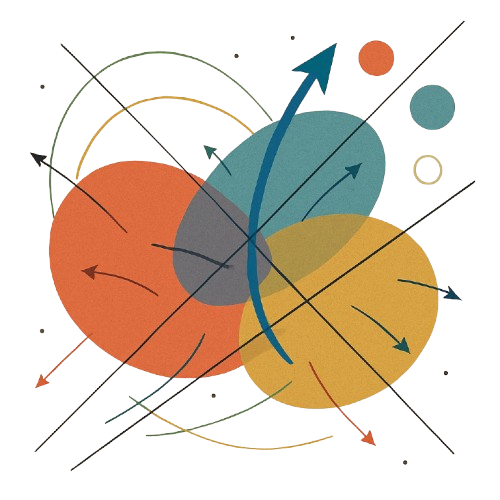How Stable Are NFL Quarterback Sack Rates?
Judging quarterback performance is a tricky business. They are executing plays selected by someone else as part of an offense designed by others and relying on 10 other players to do what they are assigned. The long list of confounding factors renders just about every raw QB stat a team stat in actuality. One of the ways that we can approach teasing these things apart is to look at different measurements in terms of year to year stability. As things around the QB change how much does the metric we are looking at change? Does changing teams, hiring a new coach, or signing new players change the stat in question or is it “sticky” from QB to QB? Today we are going to look at this question from the point of view of sacks and sack rates.
Read more...